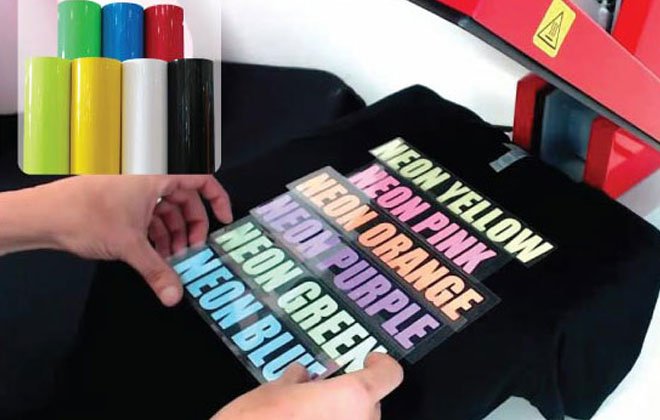
There are three main types of printing methods commonly used. Screen printing, digital printing and heat transfer printing. As you can imagine, each has advantages and disadvantages, and the best way is the one that suits your needs. The concept of environmental protection is all the rage nowadays, so if you choose to customize your backpack or shopping bag, in addition to choosing a durable material that is important, it is also important to select a printing method. Each printing method can provide different looks and textures. To help you figure out how to customize your printing, I’ll explain each of these printing methods in detail in this article.
1. Screen printing

Screen printing is not only the most common and popular printing option for bags but also a popular choice for other textiles. This type of printing is very popular worldwide and has been used for centuries, it’s an oldie but still works well.
In screen printing, pigments are sifted through the mesh onto the fabric and then allowed to dry. Often, screen printing colors are bright and vibrant, making it an excellent choice for banners, corporate logos, and other messages. Effective and long-lasting, screen printing is perfect for PANTONE colors to ensure the long-lasting usability of your bags.
Screen printing is the production of screen printing plates by hand-engraved lacquer film or photochemical plate-making methods using silk, synthetic fabrics or metal screens taut on a screen frame. Modern screen printing technology, on the other hand, uses photosensitive materials to make screen printing plates by photographic plate making (so that the screen holes in the graphic part of the screen printing plate are through holes, while the non-graphic part of the screen holes is blocked). When printing, the ink is transferred to the substrate through the screen holes of the graphic part by squeezing the squeegee, forming the same graphic as the original. Screen printing equipment is simple, easy to operate, easy and inexpensive to print and make plates, and highly adaptable.
- Pros: Highly adaptable and wide range of applications; Highly light resistance and bright color; Large printing area
- Cons: Not environmental-friendly
2. Digital printing

While screen printing is the most popular choice, we are also seeing a shift to digital printing. Digital textile printing began in the late 1980s as a possible alternative to screen printing. With the development of thermal sublimation printers in the early 1990s, it became possible to print directly on textile media using low energy sublimation inks and high energy dispersion direct inks, as opposed to printing thermal sublimation inks on transfer paper.
Inkjet print heads print tiny inks directly onto your bags therefore digital printing is an excellent choice for complex design patterns. Printing graphics directly onto the bag also helps reduce production costs.
Nowadays, with more and more customized items, consumers may place orders directly online and traditional screen printing time may not be able to keep up with the requirements of the order, while the advent of digital printing solves this problem by taking less time than traditional screen printing, making it the best choice for urgent orders. However, it should be noted that digital printing is suitable for polyester fabrics, but not recommended for cotton fabrics.
- Pros: Reduction of chemical and wastewater discharge; Simplify the process, shorten the production cycle and improve order efficiency; Realization of small-batch and individual production requirements
- Cons: Large investment in equipment and high cost of ink; Color accuracy is not as good as traditional printing
3. Heat Transfer

The principle of heat transfer printing is somewhat similar to the transfer printing method. In heat transfer printing, a pattern is first printed on the paper with dispersed type dyes and printing inks, and then the printing paper (also called transfer paper) is stored for use in textile printing plants.
When the fabric is printed, it is passed through a heat transfer printing machine so that the transfer paper and the unprinted side are attached together and passed through the machine at approximately 210°C (400 T). At such high temperatures, the dye on the transfer paper sublimates and is transferred to the fabric, completing the printing process without further processing. The process is relatively simple and does not require the same expertise as necessary in roller printing or screen printing production.
- Pros: Light and sunlight resistance, washing resistance, strong color fastness, rich colors
- Cons: Not suitable for large area printing.
4. Conclusion
Printing technology is just one of the many options for customizing your bag.
What other printing methods are you interested in? Feel free to drop us a line and we’ll be happy to answer. Airscape Textile offers all manner of customization options including shapes, sizes, brands, pockets, materials, straps, colors, zippers, printing and more. We’d love to hear more about your customization. Contact us right now!

